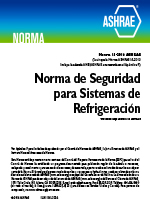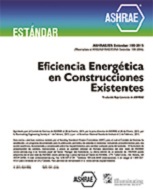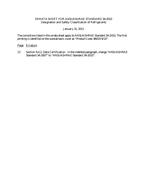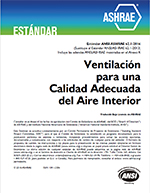Description
Click here to purchase
Airflow and energy simulations were used to investigate the separate effects of exterior and total envelope leakage on multifamily building air infiltration and energy use. CONTAM-generated airflow rates were coupled with EnergyPlus™ simulations of building heat transfer and energy use to generate hourly airflow and energy use results. Monthly and annual performance maps were generated for a 24-unit, three-story prototype building. Results from a field study of 20 buildings were used to establish the distribution of leakage. A matrix of 28 leakage configurations was established for volume-normalized total unit leakage from 2.0 to 14.0 ACH50 and exterior leakage from 0.3 to 10.5 ACH50. Due to the impact that unbalanced ventilation has on building air infiltration, the simulations were performed for intermittent exhaust, continuous exhaust, and continuous balanced ventilation systems. Results are provided for simulations performed for Minneapolis, Minnesota weather. The simulations generated both anticipated and surprising results. The heating and cooling savings ranged from 5% and 15% of the whole-building energy use depending on the initial leakage and amount of improvement. The same reductions in air leakage produced higher air infiltration reductions for buildings with balanced ventilation than for those with exhaust-only ventilation when the exterior envelope was tightened below code-required levels. For balanced ventilation, the annual average infiltration could be accurately computed by dividing the unit exterior leakage (reported as CFM50) by 18.3, 21.3, 24.6, and 30.3 CFM50/CFM (m3/hr@50Pa/m3/hr) for percent exterior leakage of 15%, 30%, 45%, and 75%, respectively. For exhaust-only ventilation these “divide-by” values ranged from 1 to 21 CFM50/CFM and did not vary significantly with percent exterior leakage. In addition, decreases in interior leakage can significantly impact infiltration for some leakage configurations. This indicates that type of ventilation and interior leakage need to be considered when converting exterior leakage to infiltration.
Product Details
- Published:
- 2022
- Number of Pages:
- 11
- Units of Measure:
- Dual
- Product Code(s):
- DBldgsXV-C070




